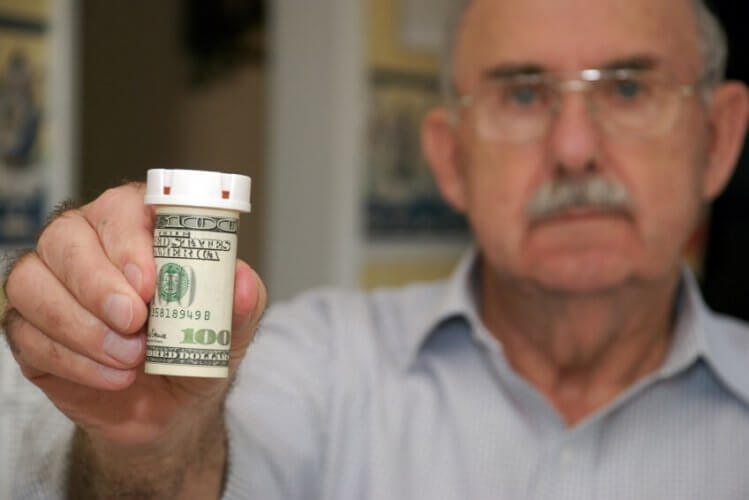
For anyone who has experienced cancer or who knows someone who has, the mere thought of drug costs can be overwhelming. The benefit of having health insurance, for those who do, is that those costs of treatment are mostly offset by their healthcare coverage. However, the mandated Affordable Care Act, also known as Obama Care, has done little to bring down the costs of cancer drugs.
In fact, the cancer drug market just hit the $100 billion mark in annual sales and could jump as much as 50 percent in the next four years. A staggering number to say the least as the global market for these drugs continues to expand with an estimated cost of $147 billion by 2018, according to a recent report by the IMS Institute for Healthcare Informatics, which is a unit of drug data provider IMS Health.
While the projected figure does not include discounts or rebates paid to insurers and government programs, according to IMS, when it comes to cancer drugs, very little difference in the overall total can be expected. The report also cites the potential of an enormous amount of innovation in the coming years that could transform the treatment landscape for providers, patients, and companies bringing these products to market.
Some of the highlights from the report are:
- Cancer patients live longer than they did previously.
The changes are significant. In 1990, half of cancer patients survived an average of five years following diagnosis. Now, two-thirds do so as a result of slow, but gradual innovation.
- The U.S. spends the most on cancer drugs annually as an absolute amount.
On a percentage basis, the biggest increase was in the U.K.; the lowest was in Spain.
- Europe spends more on cancer drugs as a percentage of the total it spends on medicine.
- What’s coming next is a flood of cancer-drug-combinations.
- The biggest number of cancer combo-drugs is being developed by Roche.
Next on the development list are Merck, Bristol-Myers Squibb, and Novartis. In some cases the experimental drugs are combined and tested with previously approved medicine. They can be from the same company or combined with a drug from different companies.
- More cancer drugs receive approval in the U.S. than anywhere else in the world.
In other words, if a cancer drug is to be approved anywhere, it will most likely be approved in the U.S.
- All new cancer drugs come at an economical price.
This might be a debatable point, given the fact that the cost per month for a new cancer drug has increased 40 percent or $5,900 over the past ten years.
- More of these drug costs are being borne directly by the patients themselves, not just by health insurance companies.
A current trend that could make affordability of necessary drugs more of a challenge in the future.
If you’re looking for low-cost health insurance, do something about it. After all – don’t forget – there is a penalty for not having health insurance. So, make sure you’re getting the best rate on your health insurance. Why not get a free health insurance quote today?
Do you think the cost of cancer drugs is too high? Feel free to share your thoughts in the comments section below.



